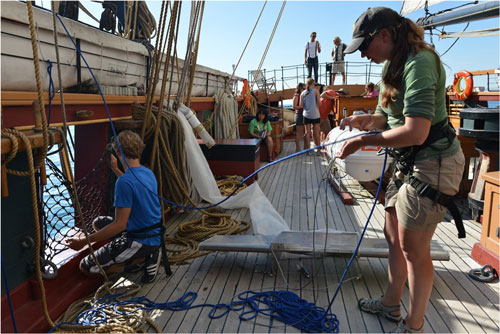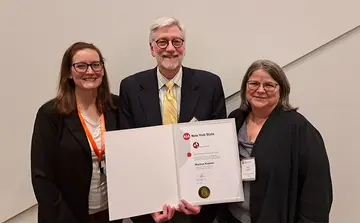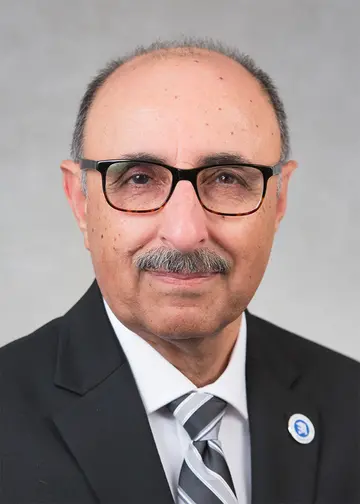Sherri Mason's groundbreaking research continues to garner international attention

Sherri Mason, above right, collaborated with The 5 Gyres Institute to track plastic pollutants in Great Lakes.
Chemistry Professor Sherri (Sam) Mason continued to traverse the 'not-so-fresh' waters of the Great Lakes this summer with phase two of the first-ever plastic pollution study conducted in the world’s largest fresh water ecosystem. Dr. Mason once again boarded the Flagship Niagara and traveled across Lake Michigan and Lake Ontario, attempting to quantify the amount of plastic pollutants in each.
The significance of her research was not lost on residents and media outlets surrounding these lakes, resulting in a another flurry of media coverage in the U.S. and Canada, which this time included the Chicago Tribune, Associated Press, NPR, Minneapolis Star-Tribune, and major news outlets in Upstate New York, as well as the Southern Ontario cities of St. Catharines and Windsor.
In collaboration with The 5 Gyres institute, Mason and her colleagues began the first-ever survey of plastic pollution in the Great Lakes last summer when she traveled lakes Erie, Huron and Superior. In addition to larger plastic pieces, she discovered a surprisingly large concentration of tiny, bead-like particles of plastic pollutants known as microplastics, which are found in common household items like exfoliating soaps.
Like last summer’s findings, the close to 100 samples they accumulated on their endeavor this year also had high counts of plastic compared to oceanic waters. She and her colleagues also have determined that these microplastic pollutants become breeding grounds for bacteria and organic chemicals that could be dangerous to humans as well as wildlife.
Her research has laid a foundation for important additional research and understanding of the types of plastics the Great Lakes attract, as well as ways to decrease their presence. She hopes to continue researching what their affinity is for adsorbing persistent organic chemicals and their impact on the aquatic ecosystem.



